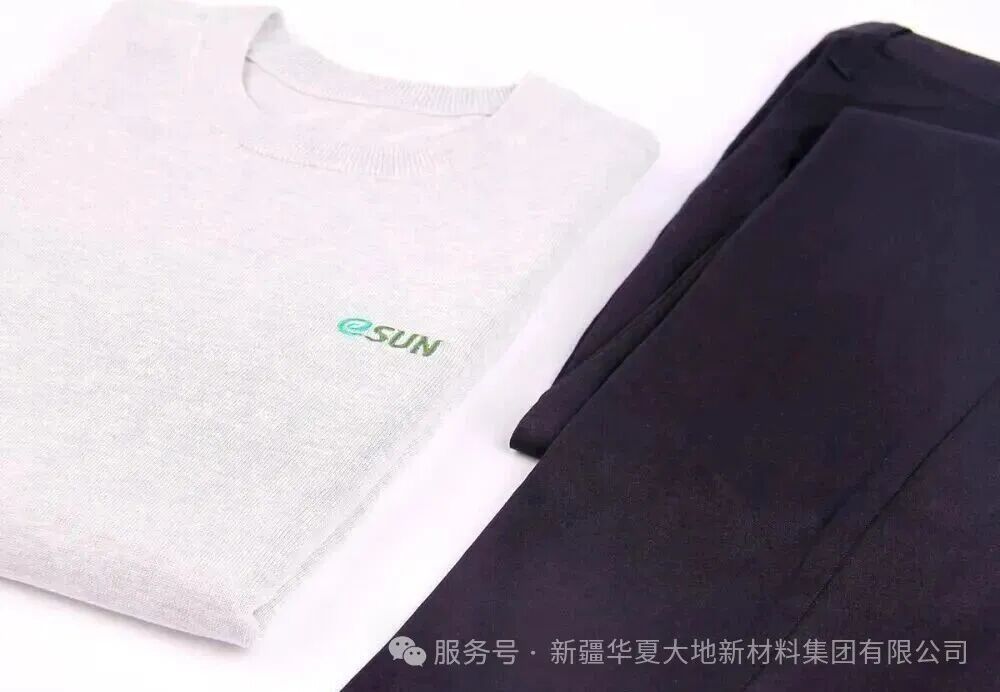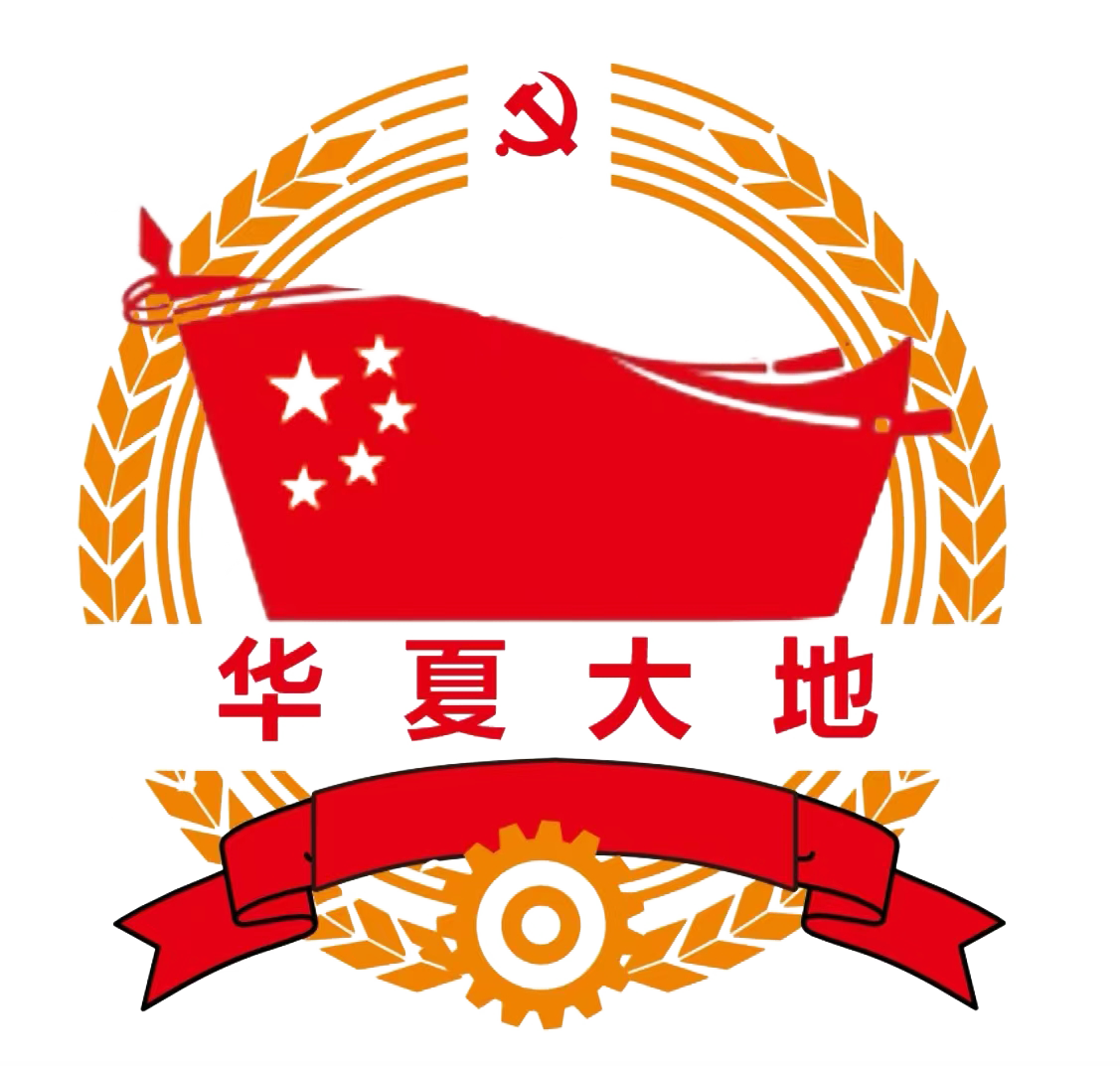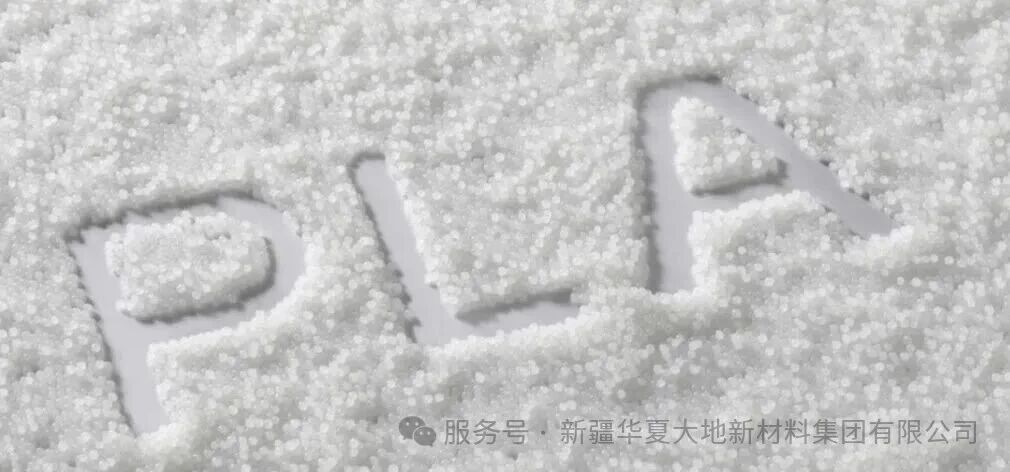Polylactic acid (PLA) fibers are bio-based materials made from renewable resources. Their mechanical properties are comparable to those of polyester, and they can be degraded through industrial composting within 6 to 12 months. It is widely used in the fields of textiles, healthcare, and automobiles, etc. The market size in China reached 4.511 billion yuan in 2024. China has the world's leading production capacity. TotalEnergies has achieved commercialization of PLA hydrolysis recycling, and has great potential in the fields of high-end healthcare and marine governance in the future.

I. Performance Characteristics
Mechanical properties
The tensile strength of conventional PLA fibers is 40-60 cN/dtex, which is close to that of polyester. However, the elastic recovery rate is relatively low (about 60%). By nanocomposite modification (such as adding 5wt% nano-SiO₂), the tensile strength can be increased by more than 30%. Dynamic crosslinking technology (such as peroxide initiation) can raise the thermal deformation temperature to above 120℃. Natural fiber reinforcement (such as 40% jute fiber content) can make the tensile strength of the composite material reach 164.76 MPa, and the impact strength can be increased by 15.69 times.
2. Thermal stability
The melting point of high L-orientation PLA (L-PLA) is 160-175℃, while that of low crystallinity DL-PLA or copolymer PLA drops to 145-155℃. Copolymer modification (such as introducing 5%-10% caprolactone) can lower the melting point to 145-155℃ while enhancing toughness. The heat resistance is still lower than that of polyester (255-260℃), but by FDCA copolymerization, the heat distortion temperature can be increased by 15-20℃.
3. Biodegradability
Under industrial composting conditions, it can be completely degraded into CO₂ and water within 6 to 12 months. However, in the natural environment, the degradation period extends to 1 to 2 years. When mixed with PBAT (20-30%) or added with starch, the hydrolysis can be accelerated, and the enzymatic hydrolysis efficiency can be increased by 30-50%. Due to its larger specific surface area, the fiber form has a faster degradation rate than the film. For example, in 25°C seawater, the degradation rate reaches 89% after 180 days.
4. Functionality
It has natural antibacterial properties (inhibiting mites), UV resistance (UPF 50+), weak acidity (pH 5.5-6.5), and self-extinguishing ability. When blended with other fibers, it can enhance its functions. For example, a blend of 30% PLA and 70% viscose has an antibacterial rate of over 80%, and a blend of 40% PLA and 60% bamboo pulp viscose has an antibacterial rate of 99%. Surface plasmon treatment can improve the interface bonding force with epoxy resin (the peel strength increases by 200%).
II. Research and Development Progress
Breakthroughs in raw materials and catalytic technologies
The non-metallic catalyst system has achieved a chemical and optical purity of 99.5% for caprolactone, with a production cost reduction of 30%. A 10,000-ton demonstration line has been put into operation. Non-food-based production technologies (such as sugarcane residue and straw) have reduced the cost per ton by 400 yuan compared to corn-based production, and have achieved zero emissions. The second-generation lactic acid polymerization technology developed by the Ningbo Institute of Materials Science of the Chinese Academy of Sciences has reduced the cost to 12,000 yuan per ton.
2. Copolymerization and Composite Modification
The heat distortion temperature of FDCA (2,5-furandicarboxylic acid) copolymerized PLA is increased by 15-20℃, and the mechanical strength is simultaneously enhanced. The PLA-CF (carbon fiber reinforced) material has a tensile strength of 350 MPa in 3D printing and is suitable for lightweight components in aerospace applications.
3. Technological Innovation
The continuous polymerization - melt direct spinning process has established a one-million-ton production line, reducing the processing cost by 40%. Suzhou Yisheng has already built a 10,000-ton/year melt direct spinning production line. The supercritical CO₂ foaming technology is used to prepare porous PLA fibers, with the thermal conductivity reduced to below 0.03W/(m·K), suitable for use in insulation materials.
III. Application Domains
Textile clothing
Produced as biodegradable clothing, home textiles and non-woven fabrics, 100% pure PLA yarns and blended yarns have been used in jeans, wool sweaters, etc. Blending with cotton or wool can enhance the drape and quick-drying properties, and be applied to sportswear and underwear; blending with hemp can be used for automotive interiors, achieving lightweight and environmental protection.

2. Medical Healthcare
Surgical sutures (such as those made of PLGA material) provide 28-35 days of wound support and complete absorption within 56-70 days, reducing the infection rate by 37%. Absorbable hemostatic dressings and tissue engineering scaffolds, taking advantage of their biocompatibility, comply with the requirements of the EU Medical Device Regulation (MDR).
3. Packaging and Agriculture
Replacing plastic packaging films and shopping bags, it complies with the "plastic ban" policy. Agricultural land films degrade in the soil within 3 to 6 months. The 130,000 mu demonstration project in Nanle County, Henan Province has verified its effect in promoting crop growth.

4. Automobiles and Industry
The BMW i3 uses a hemp/PLA composite material for its door panels, reducing weight by 30% and lowering carbon emissions by 50%. The Russian Volga Automobile Factory uses heat-resistant PLA interiors, with costs 18% lower than those of petroleum-based materials.
5. Emerging Fields
Wearable sensors (such as piezoelectric PLLA woven lines) monitor the activities of pets, and non-enzymatic pesticide detection sensors enable rapid analysis of food surfaces. 3D-printed medical implants (such as bone screws) are custom-made on an individual basis, with controllable degradation cycles.
IV. Current Situation of Industrialization
Capacity distribution
The global PLA resin production capacity is expected to exceed 3 million tons per year by 2025 (if including composite materials and downstream products, the demand is expected to reach 12 million tons). China leads with 1.2 million tons per year (accounting for 40%), followed by Anhui Fengyuan (3.5 million tons per year) and Jindan Technology (1 million tons per year). A产业集群 has formed in the Yangtze River Delta and the Pearl River Delta, with the production capacity accounting for over 65%.
2. Costs and Profits
The domestication of caprolactone has reduced the cost of fibers to 1.2-20,000 yuan per ton, with a profit margin of over 25%. With a 50,000-ton production capacity, the annual output value is 1 billion yuan, and each ton of product reduces 3 tons of carbon emissions. In 2024, the market size of China's polylactic acid fiber industry is approximately 4.511 billion yuan, with a year-on-year growth of 3.9%.
3. Policy-driven
China's "14th Five-Year Plan" for the bioeconomy sets a target of achieving a PLA fiber production capacity of 5 million tons by 2025. The Ministry of Ecology and Environment has included this in the "Green Industry Guidance Catalogue", allowing for tax exemptions. In Guangxi and Zhejiang, subsidies for bio-based projects can reach up to 30%.
4. International Trade
The EU's "Single-Use Plastics Directive" restricts the use of PLA disposable products, but there is a growing demand in high-end sectors such as healthcare and automobiles. China's exports of biobased plastic pellets to Russia are expected to increase by 217% by 2025, and Kazakhstan has become a transit hub.
V. Future Trends
Technical upgrade
Blending and Combing: The FDCA copolymerization of PLA achieves a breakthrough in heat resistance, with a target heat deformation temperature of 180℃; the blending of PHA increases the marine degradation rate to over 90%.
Recycling technology: The conversion rate of chemical recycling (hydrolysis process) exceeds 90%. TotalEnergies has achieved commercialization and aims to increase the proportion of recycled PLA to 18% by 2030.
Synthetic biology: Modifying microorganisms to produce high-purity lactic acid, reducing raw material costs by 20%.
2. Application Expansion
High-end medical field: Biodegradable vascular stents have entered clinical use, and the market size is expected to reach 5 billion yuan by 2028.
- Smart materials: Self-healing PLA (dynamic covalent cross-linking) has a repair efficiency of 85%, and is used in wearable devices.
- Marine applications: PLA/algal fiber composite materials are used for fishing nets, which completely degrade within one year, reducing marine microplastic pollution.
3. Industrial Integration
Full industrial chain closed loop: "Corn husk - Lactic acid - PLA - Fiber" model reduces costs by 40%. Enterprises such as Anhui Fengyuan and Guangxi Lading have achieved vertical integration.
Regional collaboration: The central and western regions rely on agricultural resources to produce caprolactone, while the eastern coastal areas develop high-end fiber processing. As a result, the logistics cost is reduced by 14%.
4. Policies and Markets
- Standard improvement: China plans to introduce a "Certification Catalogue for Automotive Biobased Materials", while the European Union incorporates carbon reduction from biobased materials into the carbon credits of complete vehicles.
Consumer upgrading: 65% of consumers worldwide are willing to pay a premium for environmentally friendly products. Fast fashion brands will increase their purchase of sustainable materials to over 50% by 2025. It is estimated that the market size of the Chinese industry will reach 6.979 billion yuan by 2030.
Conclusion
Polylactic acid fibers, due to their renewable, degradable and multi-functional properties, have achieved large-scale application in various fields. In the future, with breakthroughs in technologies such as hydrolysis recovery and policy support, their potential in high-end manufacturing and marine governance will be further unleashed. Enterprises need to focus on technological innovation and industrial chain integration, seize the opportunities of the green economy, and promote the low-carbon and circular development of the industry.







